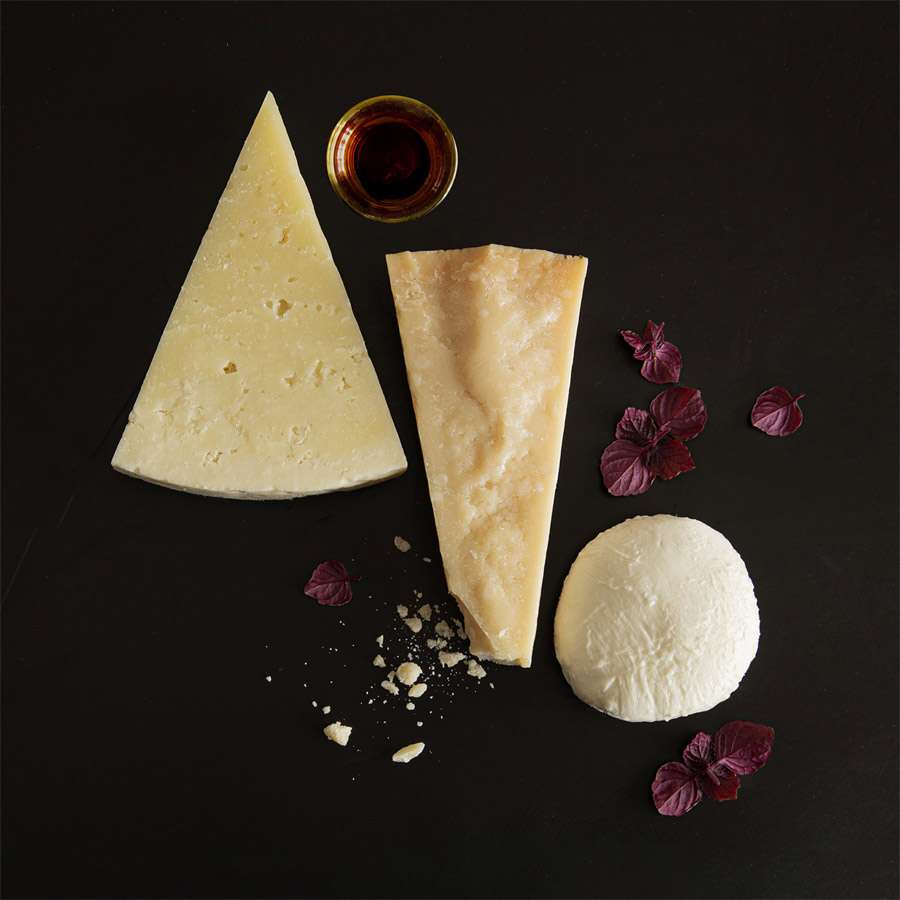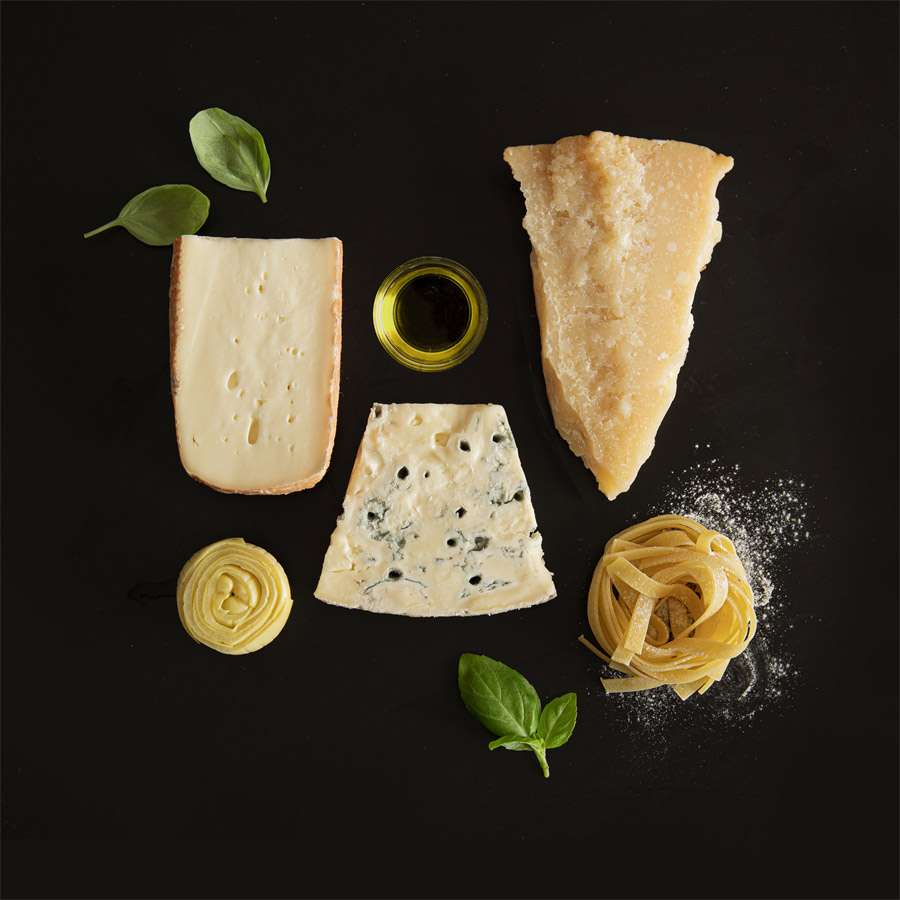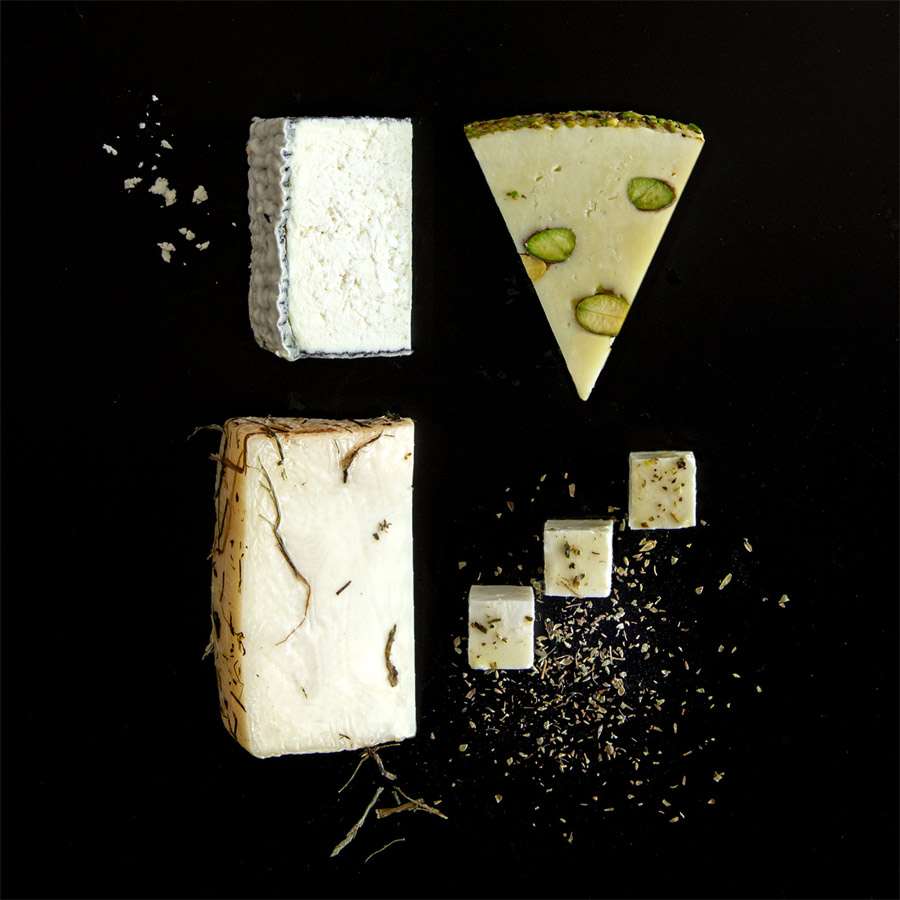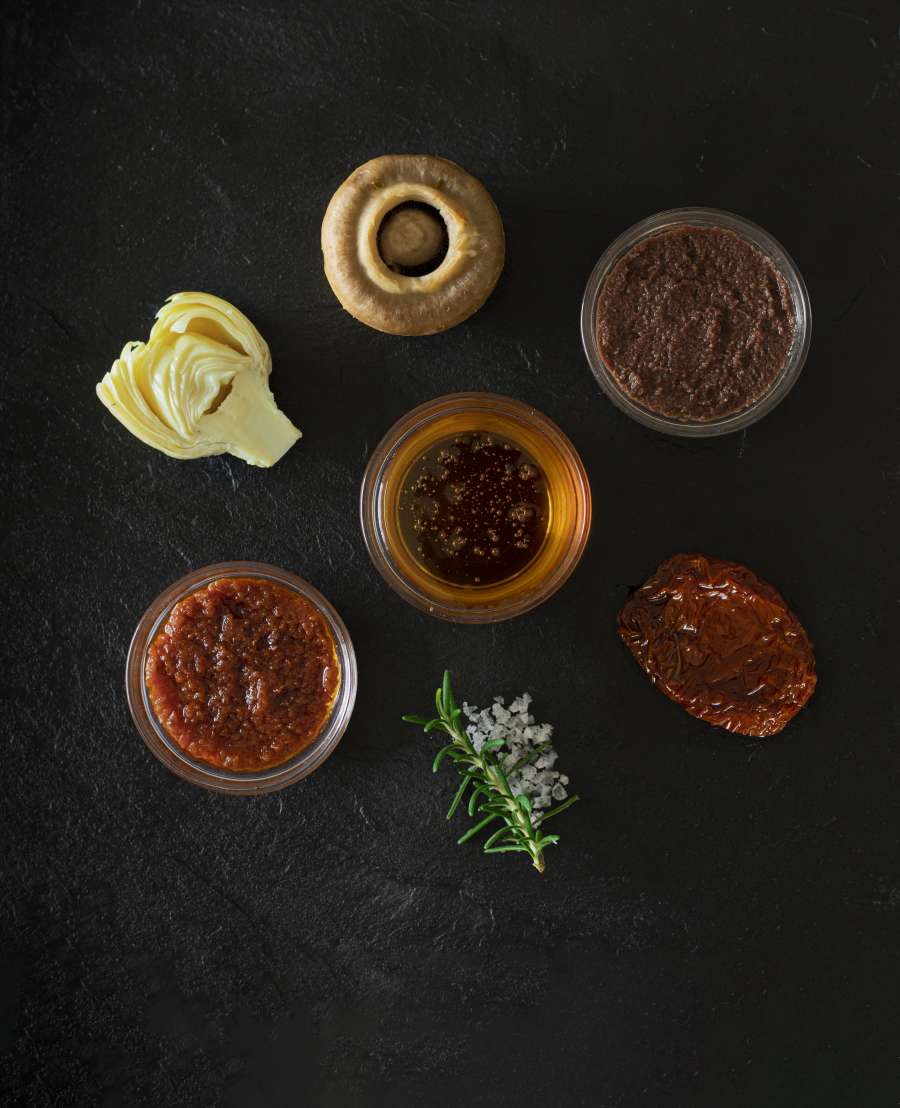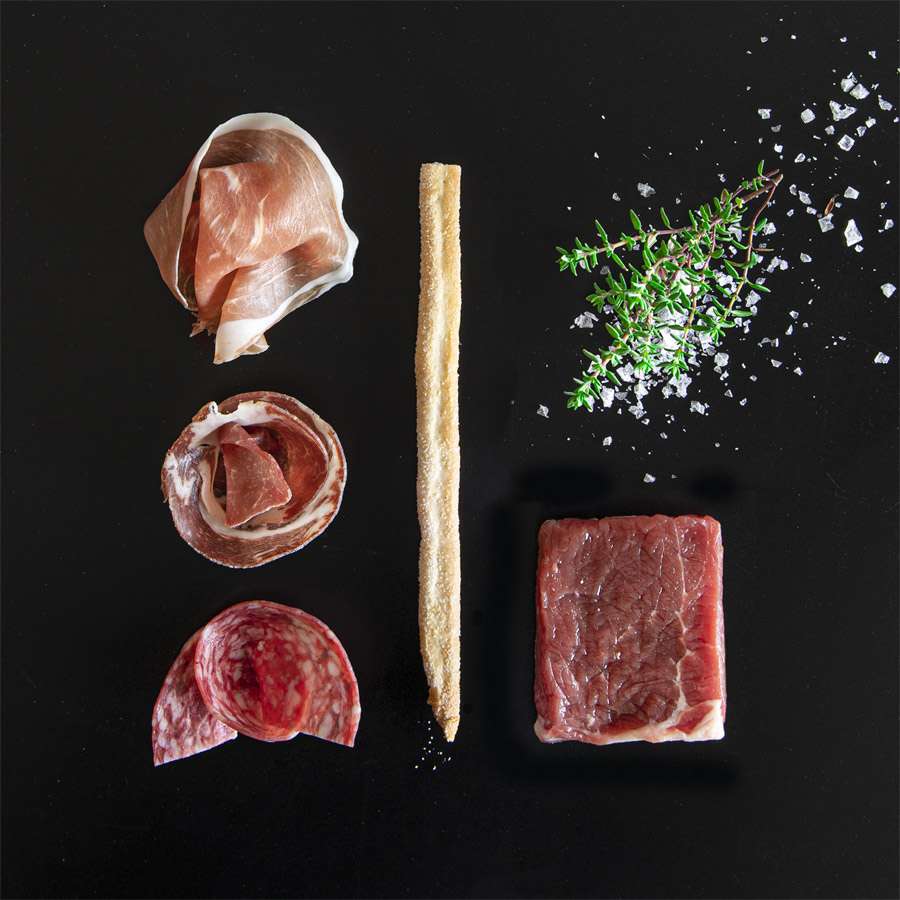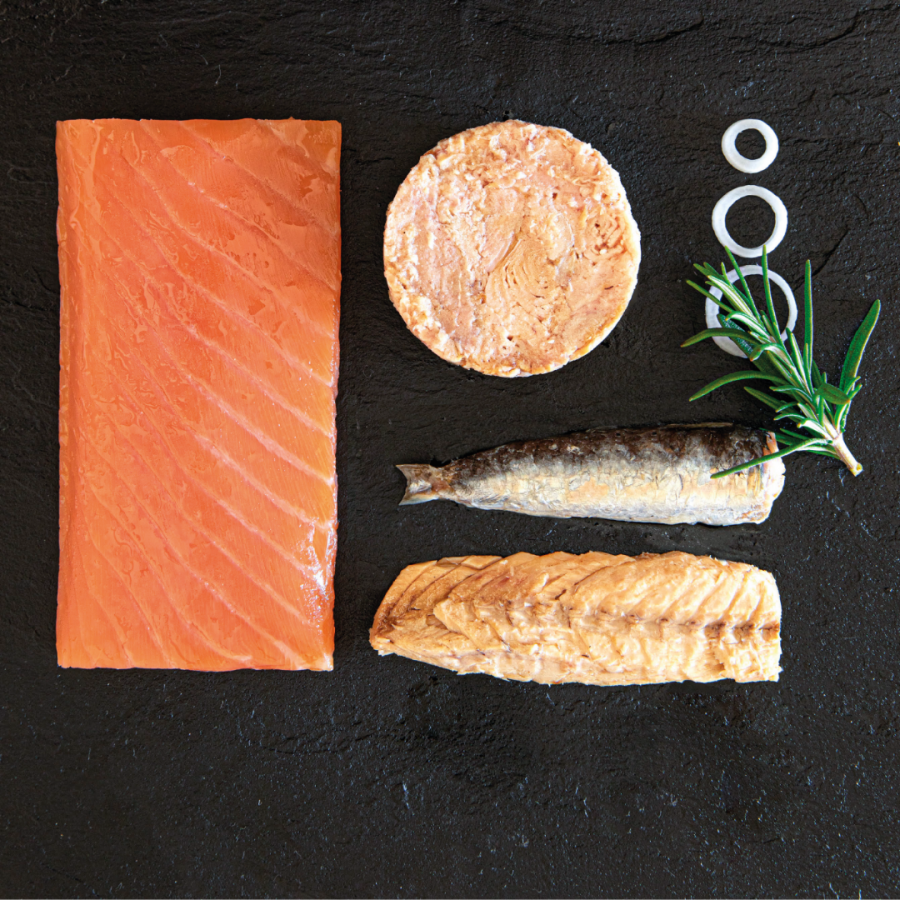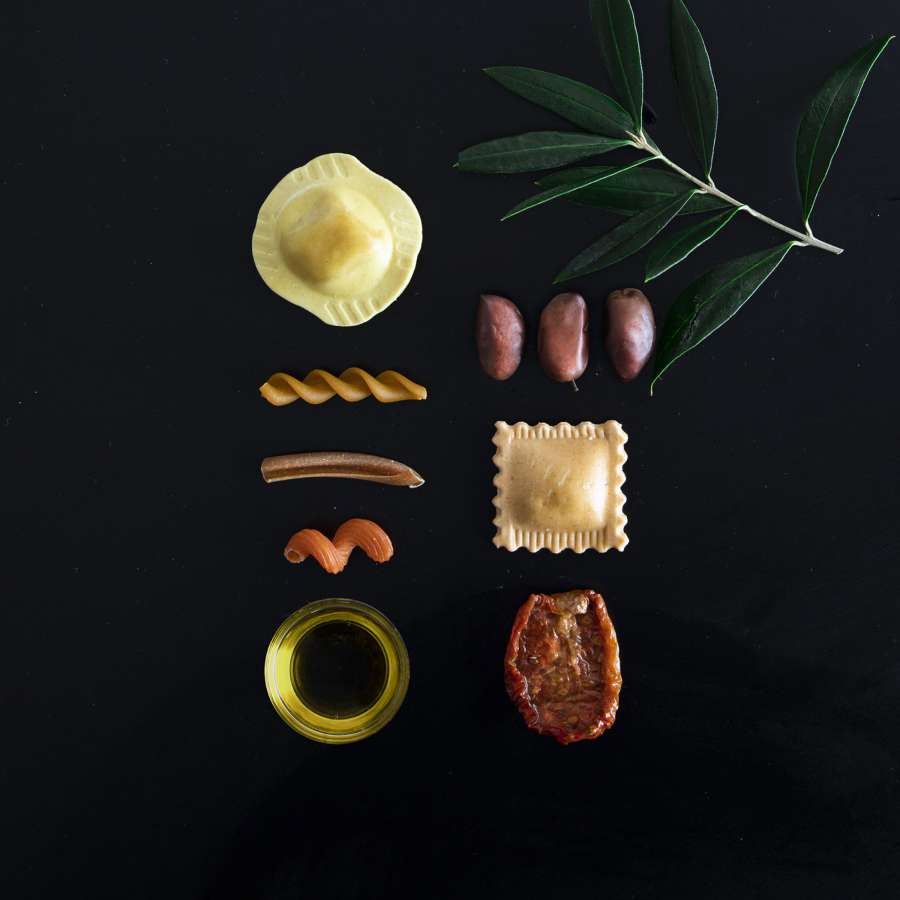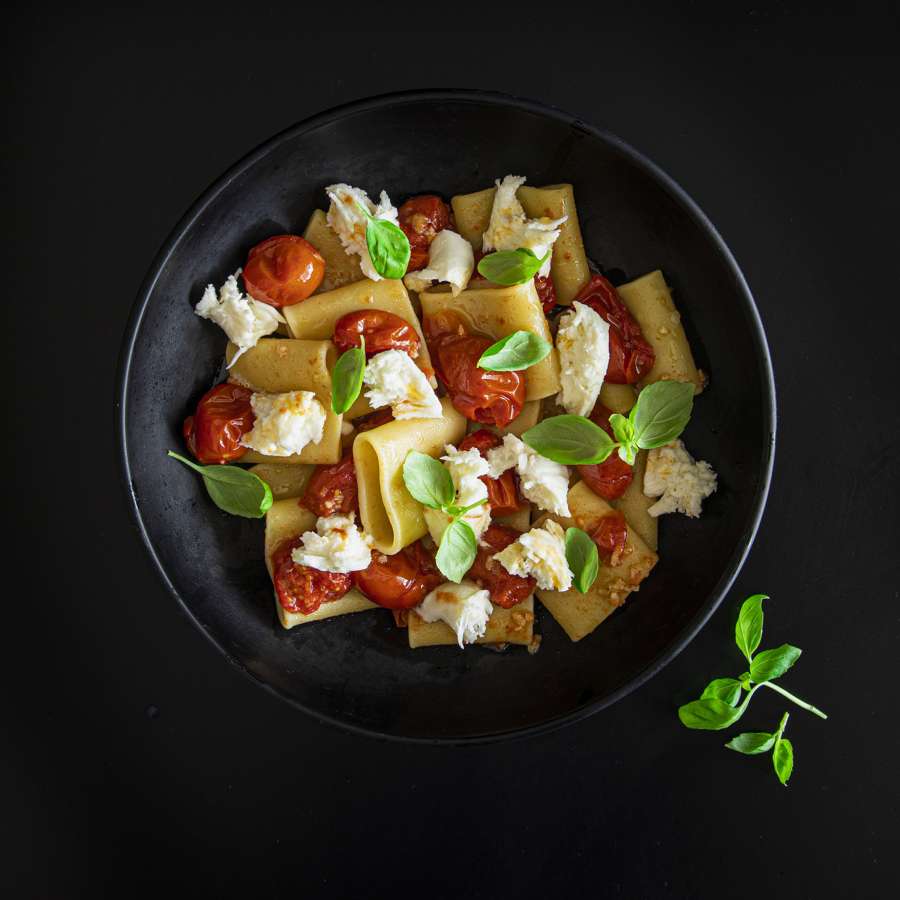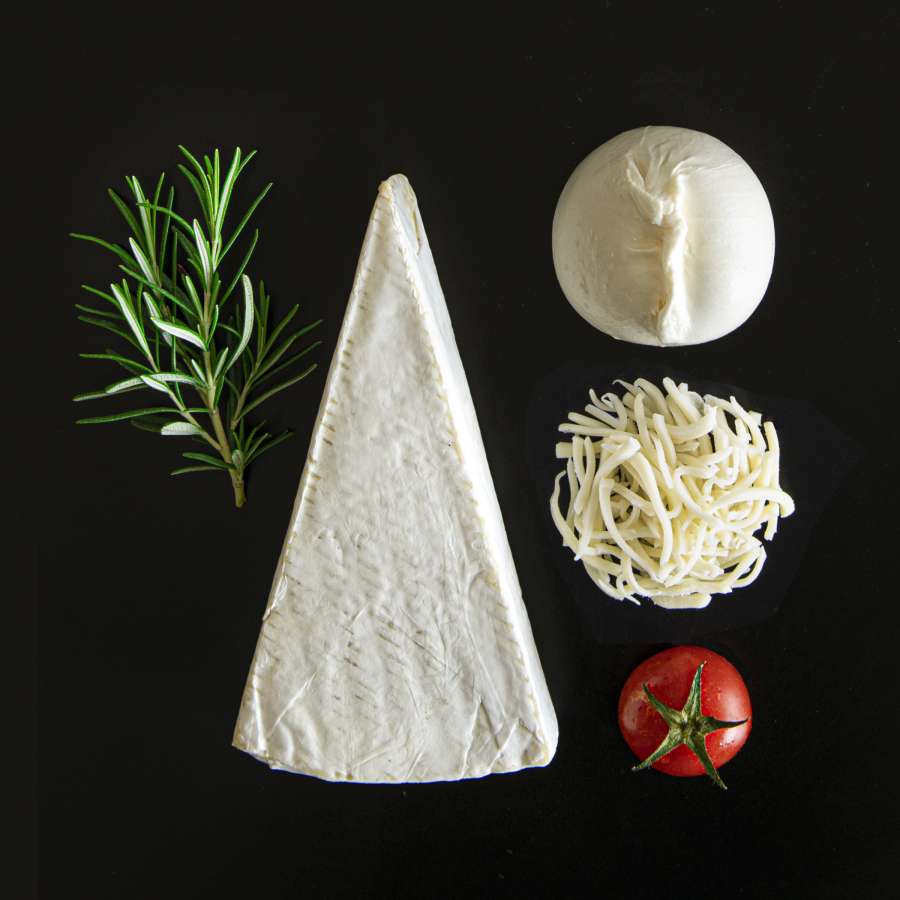Pumpkin: Nutrients, Benefits and Biological Mechanisms
Pumpkin is often seen as a symbol of autumn comfort — the main ingredient in soups, cakes and risottos — but from a nutritional point of view it hides a real functional potential. Behind its sweetness and bright colour lies a concentration of vitamins, minerals and antioxidants that make it a valuable food for health.
A Rich and Surprising Nutritional Profile
Pumpkin flesh is naturally low in calories but extraordinarily rich in micronutrients. A portion of about 250 grams of cooked pumpkin provides a wide range of vitamins (A, C, E, K and from the B group) and essential minerals such as potassium, copper, manganese and magnesium.
Its characteristic orange colour comes from its high content of carotenoids — in particular beta-carotene, which the body converts into vitamin A, essential for eyesight and the health of mucous membranes.
The dietary fibre in pumpkin helps digestion, promotes satiety and regulates blood sugar levels. Even its seeds, often overlooked, are a small concentration of nutrients: they contain unsaturated fats, zinc, magnesium and phytosterols, substances useful for cardiovascular health.
In summary, pumpkin is a nutrient-dense food: it offers a high intake of vitamins and antioxidants while being very low in calories.
Scientifically Recognised Benefits
The properties of pumpkin affect several aspects of human health.
First of all, thanks to the combination of vitamin A and vitamin C, it supports the immune system: the first maintains the integrity of mucous membranes and epithelial barriers, while the second acts as a powerful antioxidant and stimulates collagen production.
Eye health also greatly benefits from the consumption of pumpkin. Beta-carotene, lutein and zeaxanthin protect eye tissues from oxidative stress and may help prevent age-related conditions such as macular degeneration and cataracts.
On the skin level, the presence of antioxidants such as vitamins C and E and carotenoids helps fight skin ageing, promoting cell regeneration and protection from UV rays.
The heart also benefits from pumpkin: its potassium content helps regulate blood pressure and muscle function, while its fibres help reduce cholesterol absorption.
From a metabolic point of view, the high fibre content slows down carbohydrate absorption and helps regulate post-meal glucose levels. Some research also suggests that regular consumption of beta-carotene may promote better metabolic balance and greater insulin sensitivity.
Finally, several scientific studies have shown the presence in pumpkin of phytochemical compounds — such as carotenoids, tocopherols and plant sterols — with anti-inflammatory, antioxidant and potentially anticancer effects.
How to Consume It Best
To make the most of its nutrients, pumpkin should be cooked using gentle methods, such as steaming or baking with a small amount of oil. The absorption of beta-carotene increases when accompanied by a small quantity of healthy fats, such as extra virgin olive oil or nuts, since carotenoids are fat-soluble substances.
It is preferable to choose fresh and firm varieties, avoiding decorative ones, and to consume it both in savoury dishes — soups, risottos, gnocchi or side dishes — and in lighter sweet versions, limiting added sugars and fats.
Even toasted seeds deserve attention: they are a healthy snack, rich in minerals and essential fatty acids.
Pumpkin is much more than a symbol of autumn. It is a functional food in every respect, capable of providing valuable nutrients and supporting different aspects of health — from the immune system to eyesight, from skin to metabolism.
Including it regularly in the diet, in its many variations and preparations, means embracing a natural, tasty and beneficial nutritional approach in the long term.

